The Apple iPad Air 2 Review
by Joshua Ho on November 7, 2014 9:30 AM EST- Posted in
- Tablets
- Apple
- Mobile
- iOS
- ipad Air 2
Display
While the display is important on a smartphone, by virtue of its sheer size tablets seem to have a more critical need for a good display. With a tablet there’s a great deal more potential for usage models such as drawing/sketching and photo/video editing. In addition, reading books or watching videos is far more common on a tablet, which means that poor resolution, response time, and/or contrast can be quite visible and painful to live with. In order to test this, we use our standard suite of tools, which include SpectraCal’s CalMAN 5 and X-Rite’s i1Pro2 spectrophotometer to make sure that our color readings are as accurate as possible. Colorimeters in practice have varying levels of color accuracy due to their design, and as a result these are only used to verify contrast and gamma curves. As previously mentioned, we test against sRGB gamut as it’s the de facto standard for displays and web content. It’s definitely not a perfect standard by any means, but until a wider gamut becomes standard it’s the one to test against.
Before we get into the objective tests though, there’s a lot of talk about that isn’t easily measured. On the simpler side, the display resolution where I can see a noticeable difference when compared to the iPhone 6 Plus and similarly high resolution devices. The 2048x1536 resolution is nothing to be ashamed of, but when stretched to a 9.7 inch display this means that it’s relatively easy to notice pixelated areas on various curves. At a normal viewing distance though it’s not an obvious issue and I didn’t have any issues with eye strain. There could be some value to going to higher resolutions for the iPad Air 3, but barring some major breakthrough in TFTs or backlight technology such a move would incur a significant cost in power due to losses in backlight efficiency as the LEDs approach maximum power draw.
Speaking of LEDs at maximum power draw, outdoor visibility is often a critical use case. While we focus on maximum brightness, in truth this is really just one part of the equation as high reflectance can effectively erase all of the gains that one can have from higher brightness. Unfortunately, I don’t have the proper equipment to objectively test this, although the test will be ready for next year. In practice, I can definitely see a difference in mirror/specular reflections on the tablet when comparing the Galaxy Note 4, although it’s harder to tell when comparing against the iPhone 6. I can definitely see a difference in what is reflected though, as there’s a noticeable purple hue to white reflections in certain angles which could be a magnesium fluoride coating similar to what one might find on glasses or camera lenses. There’s no obvious flaring issues though, and in practice I don’t see any real degradation of clarity. The improvement from the iPad Air is dramatic, especially as the addition of lamination makes the display noticeably closer to the glass and reduces the reflections that result from the air gap. This change also helps with the viewing angles on the iPad Air 2, which were already quite good with the iPad Air due to the chevron-shaped subpixels. As I said with the iPhone 6 review, this helps to ensure that there's much less color shifting when changing viewing angle, although there is a noticeable shift towards purple in some viewing angles which is mostly noticed on pure black but hard to see in any other case.
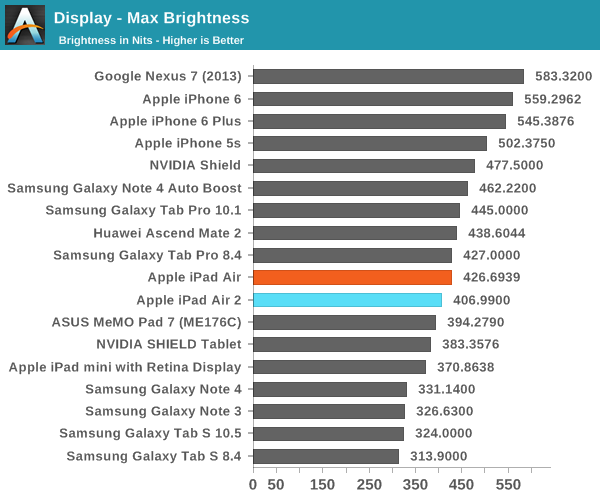

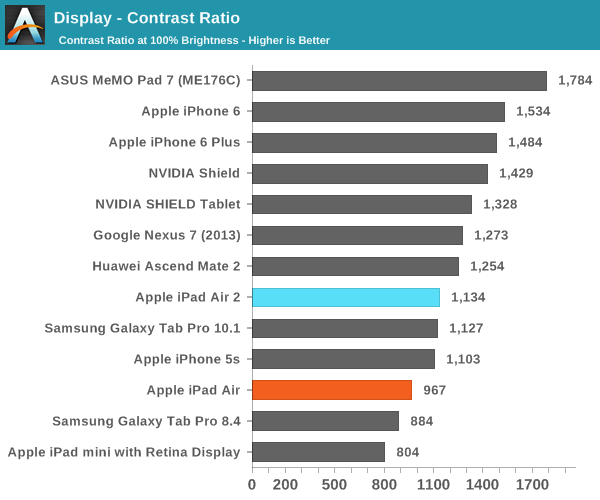
On the actual display characteristics though, we don’t see too much of a difference. Brightness and contrast are quite close to the original iPad Air, which suggests that we’re looking at the same exact display, although production variances may have an effect on things.
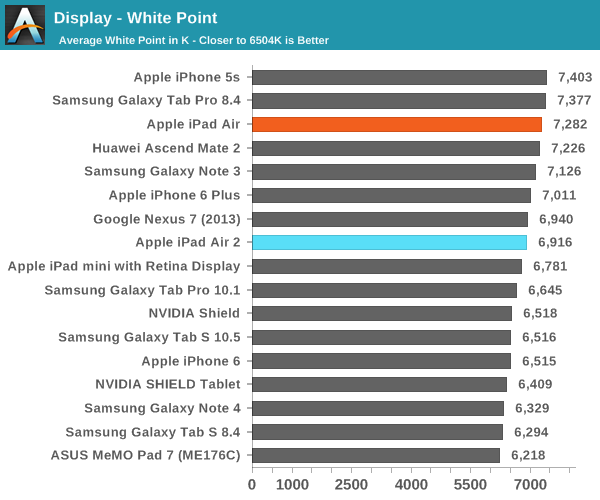
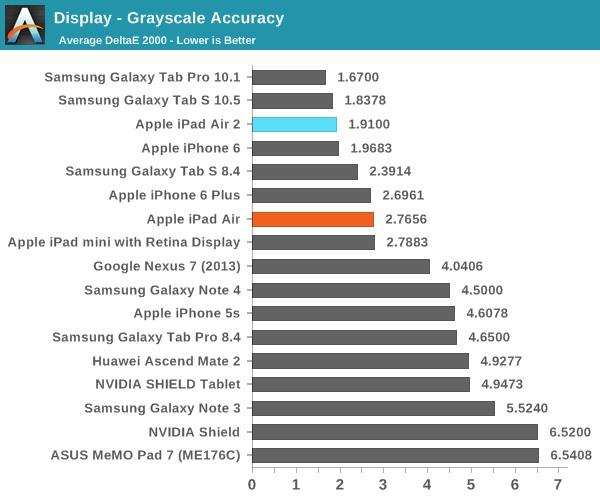
In grayscale, we see some level of improvement to the calibration, although it’s hard to tell whether this is the product of production variance or some level of improvement. In practice grayscale tones are definitely well-rendered, and the blue tint isn’t really significant here. There’s really nothing else to be said, as the visible difference from a reference monitor would be difficult, if not impossible to spot.

For the saturation sweep, which is the next aspect under test we see a similar pattern. While there’s some oversaturation on the blues, there aren’t any other significant issues. The display on the iPad Air 2 is probably similar, if not the same type as the one we’ve seen in the iPad Air as both have the same gamut.
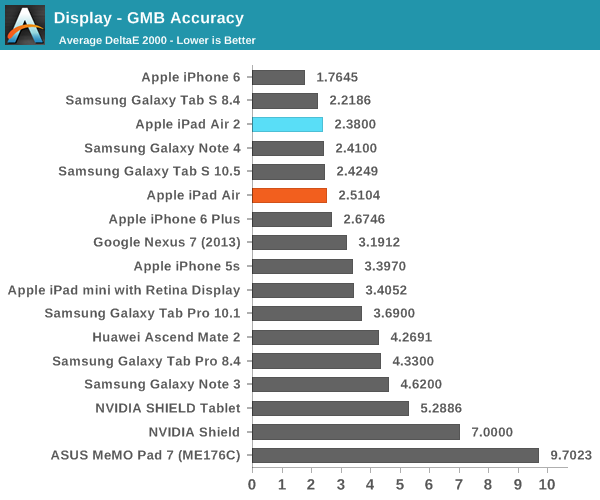
On the GMB ColorChecker, we can generally pick out any issues with display calibration that the saturation sweep won’t show as this test emphasizes hue comparisons along with some grayscale testing. In practice, the iPad Air 2 doesn’t have any issues here as evidenced by the low average error. While there’s noticeable blue shift on some of the hues this shouldn’t be a major problem.
Overall, the quality of the display calibration in the iPad Air 2 is pretty much as good as it gets. While I can name some problems, they’re all minor at best and effectively nit-picking. The fact that I can say this about a tablet display is definitely good news for the state of the industry, as things haven’t quite devolved into a race to the bottom with corners cut in every possible area.
There are some issues with the display overall in terms of peak luminance, but these are likely to be due to the larger display size. These differences when compared to smaller smartphone displays are likely to be due to issues with scaling of the thin film transistor technologies common in smartphone-size displays to tablet-size displays as LTPS backplanes become increasingly expensive to make due to the higher variability involved in the process when compared to IGZO and amorphous silicon processes. Unfortunately, an IGZO backplane seems to gate performance in some key areas as we don’t quite see the levels of brightness and contrast that we do on the iPhone 6 despite lower pixel density.





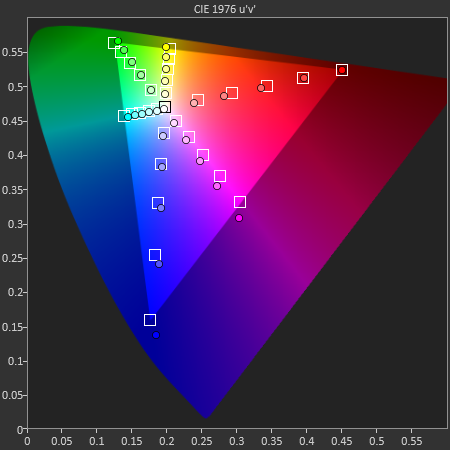
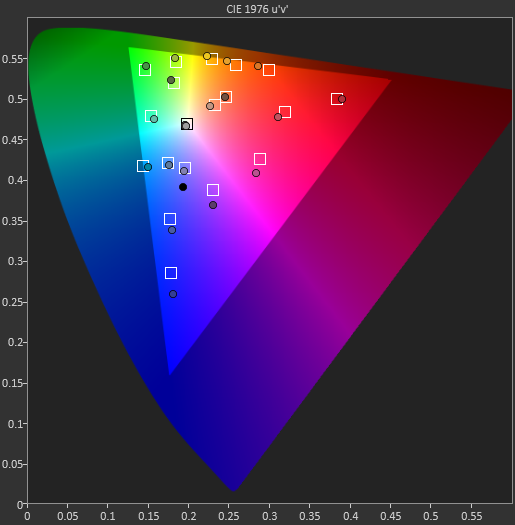








226 Comments
View All Comments
tralalalalalala40 - Friday, November 7, 2014 - link
If you want to tinker and fix something that keeps breaking (some people like to do that, that's why there is a used car market), then android is for you. This is changing every day and the two are converging as google makes android (the one you use) more and more closed source to leave aosp behind :)IUU - Friday, November 7, 2014 - link
"If you want to tinker and fix something that keeps breaking.."So, are you that disappointed with your ipad?
And what will you do with a device that never breaks but can't do anything with it;even this little thing, that is, proper communication between the user and the machine is out of the question with the ipad. I remember trying to be patient when testing an ipad for a whole week(god I have such a big patience) and trying to avoid the spontaneous urge to bang my head on the wall every five minutes or so.
So, I didn't reply reasonably to you because you made a ridiculous comment, but it is true that I still try to forget the traumatic experience I had with the ipad. The only good thing about buying one is that raises the value of your Apple stocks.
tralalalalalala40 - Thursday, November 13, 2014 - link
iOS 8 on the newest devices is amazing. With full Microsoft support and further enterprise support, the device is becoming more and more of a productivity device. If you have an iPad 3 or below, I feel your pain.Galidou - Friday, November 14, 2014 - link
I don't know what kind of traumatic experience you can have with an iPad... unless you'Re a very big tech newbie. I'm with everyone here that I don't want to fix anything that's broken. I had to constantly work around bugs and problems on my Asus Transformer TF201. I bought an iPad 4 about 2 years ago, never plugged it in a computer and does everything I need from a tablet plus the screen, camera, OS responsiveness, stability and so on beats any android devices I've owned.My girlfriend has 2 ipod touch that still work wonders, she bought an android phone, and as good as it is and she likes it, there's a virus on it and as soon as it uses the home network, my upload goes crazy. Now I have to buy an antivirus or restore the thing. Never it has happened on her iPods touch.
I've had one problem with an iPod touch it was under warranty, made a request to have it repaired, received a bos in which the iPod did fit like a glove didn'T cost me a penny back and forth one week later I had a brand new iPod touch. Not much to say, best experience I've had to deal with any piece of technology I've owned.
akdj - Thursday, November 27, 2014 - link
My two year old son uses an iPad. I'm sorry u weren't able to figure it outNEDM64 - Sunday, November 9, 2014 - link
Boys trying to look like men.If you want to get deep, you won't be arguing about iOS or android, both are toys for kids, you would be instead arguing for tektronix vs Agilent for your next oscilloscope.
extide - Monday, November 10, 2014 - link
Screw Tektronics, they haven't been innovating in the last 10 years or so. All of their scopes are SO SLOW!! It's either Agilent or LeCroy :) Also Rigol is a great choice for lower budgets.blackcrayon - Friday, November 7, 2014 - link
"almost all technical people prefer Android."citation needed.
There are tons of technical people who prefer iOS, hell, look how many iOS app developers there are. The other side of the coin is, the vast majority of customers of any computing device are not technical anyway.
Jumangi - Saturday, November 8, 2014 - link
How many iOS developers there are has nothing to do with them "liking it more". They go there because of the money.akdj - Monday, November 10, 2014 - link
Makes sensePeople buy, come back and buy again ...and continue to use one of their hundreds of thousands of tablet optimized iOS apps
Ever look at the dismal 'app selection' in the Play Store for your tablet?
Maybe I should say 'lack of selection'
Sad, but yeah...I'd consider pilots, surgeons, Boeing and 95% of the Fortune 500 'customers of any computing device aren't technical anyway.'
Ridiculous
Ignorant
Try one. I enjoy both. But Android for very specific needs. iOS covers literally EVERY base